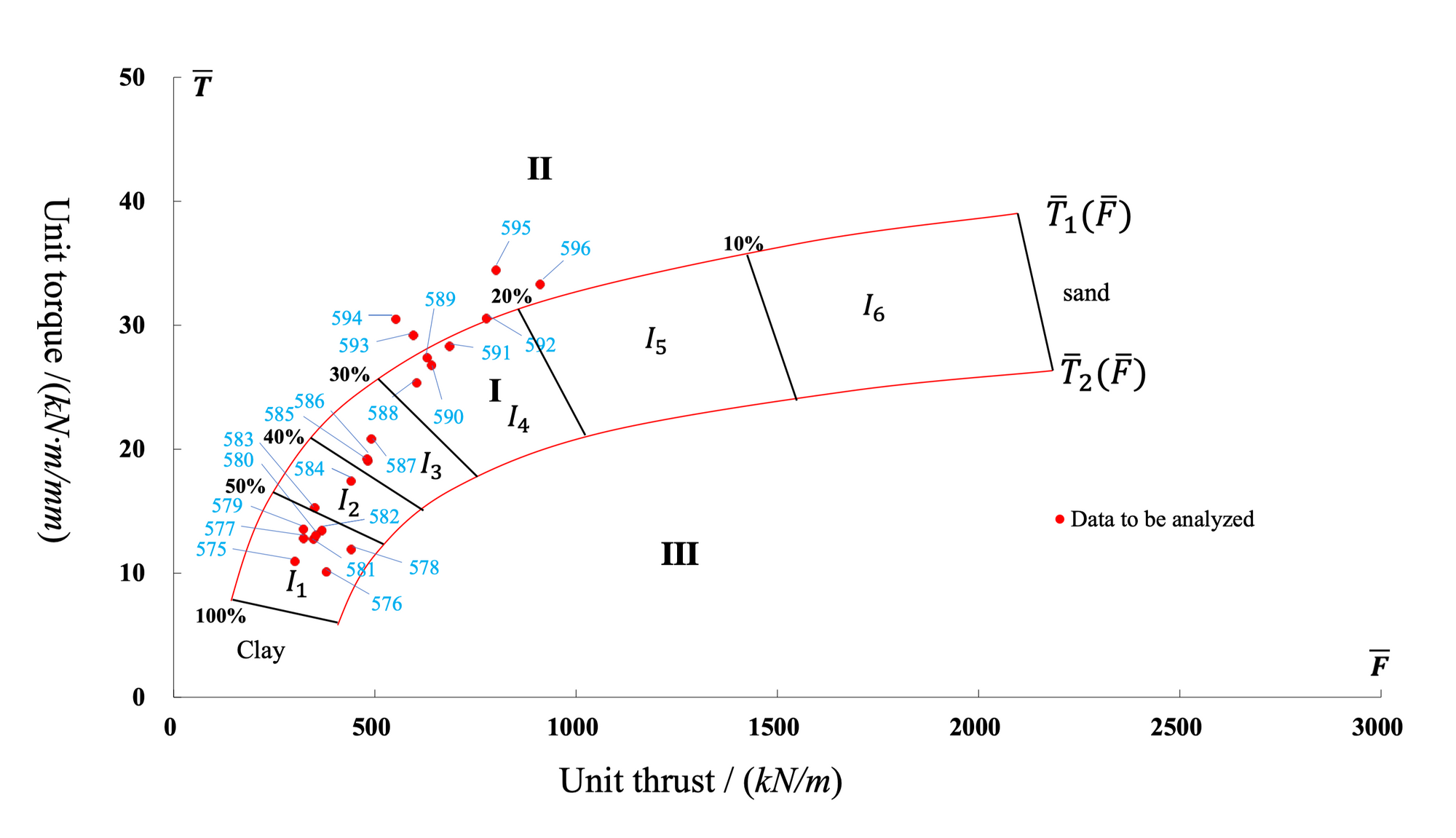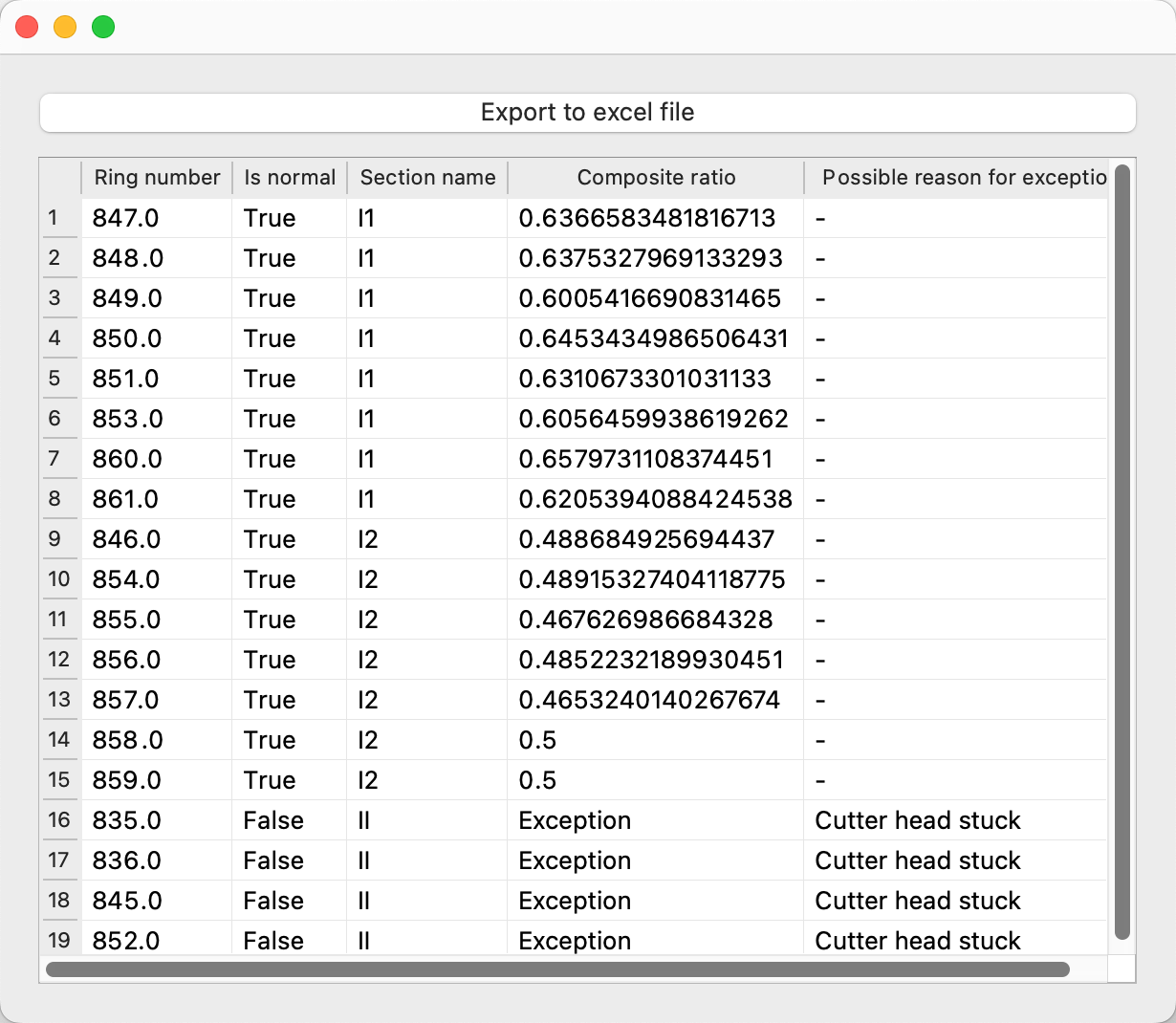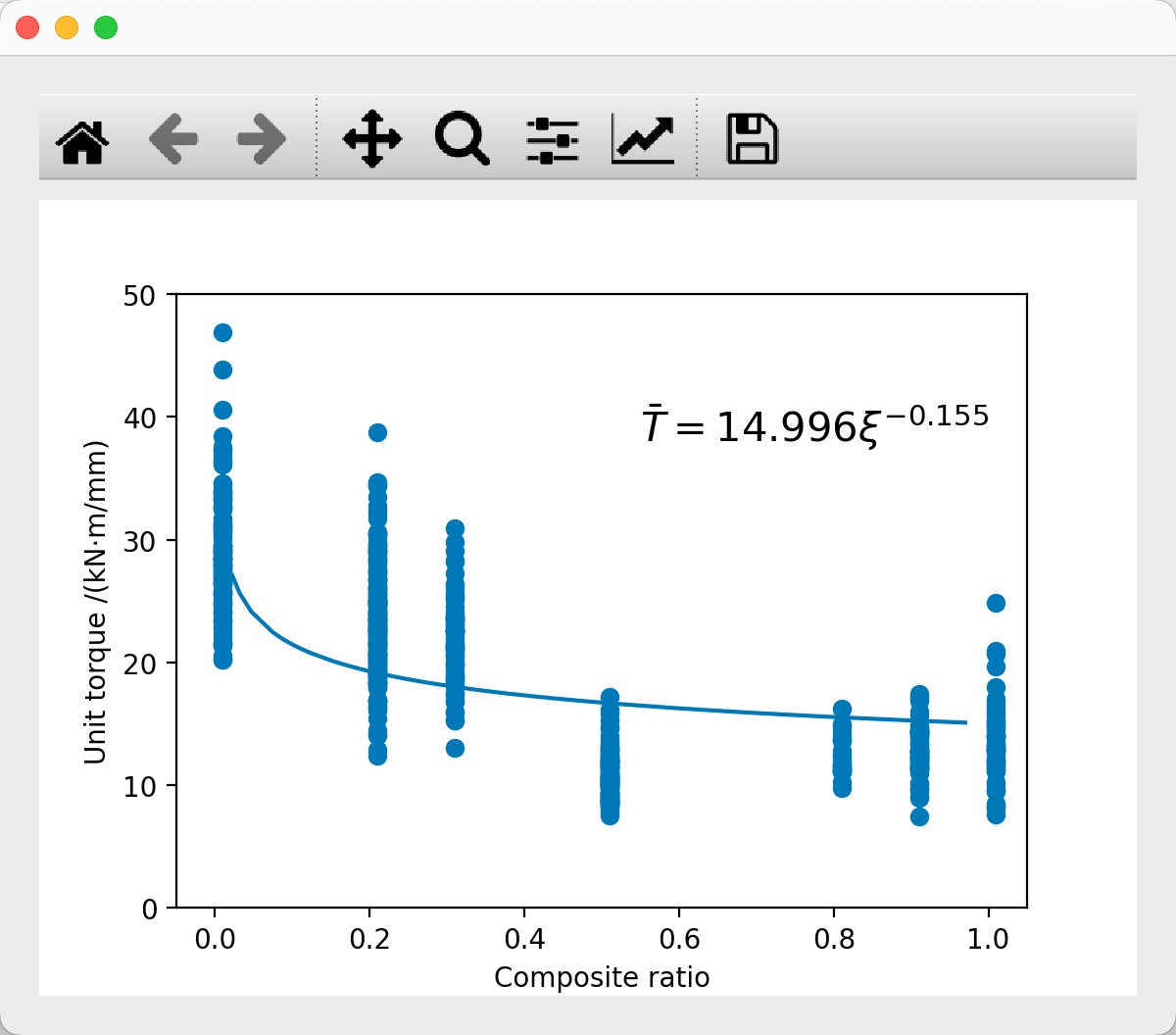As a software engineer, I had the privilege of working on a groundbreaking project at the Urban and Underground Space Laboratory at Qingdao University of Technology. Our team's primary objective was to develop a safety monitoring and evaluation system for shield tunneling, a critical aspect of the construction industry that ensures the safety of workers and materials during tunnel construction projects.



Project Overview
Tunnel construction projects have become increasingly popular in recent years, and with this growth comes the need for robust safety measures. Our project aimed to meet this challenge by designing a system with three primary modules: data collection, data processing, and data evaluation and analysis.
The data collection module allowed for data input through the system's user interface, which could import data from Excel files. The two categories of input data were tunneling data and composite stratum data. The data collected was categorized into existing and analysis data.
The data processing module took the input data and processed it into torque and thrust units, which were used for analysis and output in the data evaluation and analysis system. The processing system also formed a data analysis library.
The data evaluation and analysis module presented the processed data in the data analysis library through a data analysis graph, which was then used to output the results in a tabular format.
Tech Stack
To develop a reliable and efficient system that met the project's goals and requirements, we used a combination of tools and technologies, including:
- Python 3: For its simplicity, versatility, and data analysis support
- GitHub: For version control and collaboration
- NumPy: For array manipulation and scientific computing capabilities
- Pandas: For powerful data manipulation and analysis capabilities
- Matplotlib: For high-quality data visualization
- Qt: For building the graphical user interface
- Virtualenv: For creating isolated Python environments
- PyInstaller: For packaging Python programs into standalone executable files
- Gettext: For internationalization support
- Yapf: For automatic code formatting
Leveraging these tools and technologies enabled us to create a robust and efficient system that met our project's goals and requirements.
Features that I Implemented
As the project's software engineer, I worked on several advanced features that enhanced the safety monitoring and evaluation system for shield tunneling. These features included:
- Extensive documentation: The system's documentation made it easy to understand and use.
- User-friendly GUI: The system's graphical user interface implemented using the Qt framework made it easy to use, even for non-technical users.
- Internationalization support: The system supported English and Chinese languages.
- Authentication: The system used authentication to ensure security.
- Data modeling and curve fitting: The system used data modeling and curve fitting to identify trends and predict errors.
- Display of math equations and plots: The system displayed math equations and plots for complex calculations and analysis.
- Display of tables within the Qt interface: The system displayed tables within the Qt interface and exported data to Excel files.
- Packaging for several platforms: The system could be packaged for several platforms.
- Trend graph generation: The system generated trend graphs for unit thrust and unit torque.
Project Benefits
The project offered several benefits, including:
- Improved safety: The software monitored and evaluated the safety of shield tunneling, ensuring that any issues were identified and addressed before they became a problem.
- Efficient data analysis: The software's data processing and analysis capabilities made it easy to analyze data and output results in a timely manner.
Conclusion
Developing a safety monitoring and evaluation system for shield tunneling was an exciting project that allowed us to apply our software engineering skills to a real-world problem. With the use of Python, NumPy, Pandas, Matplotlib, and other powerful tools, we were able to design a system that greatly improved the safety and efficiency of tunnel construction projects. This project not only allowed us to contribute to the betterment of the construction industry but also provided us with invaluable experience in applying our software engineering expertise to create practical solutions for complex problems.




